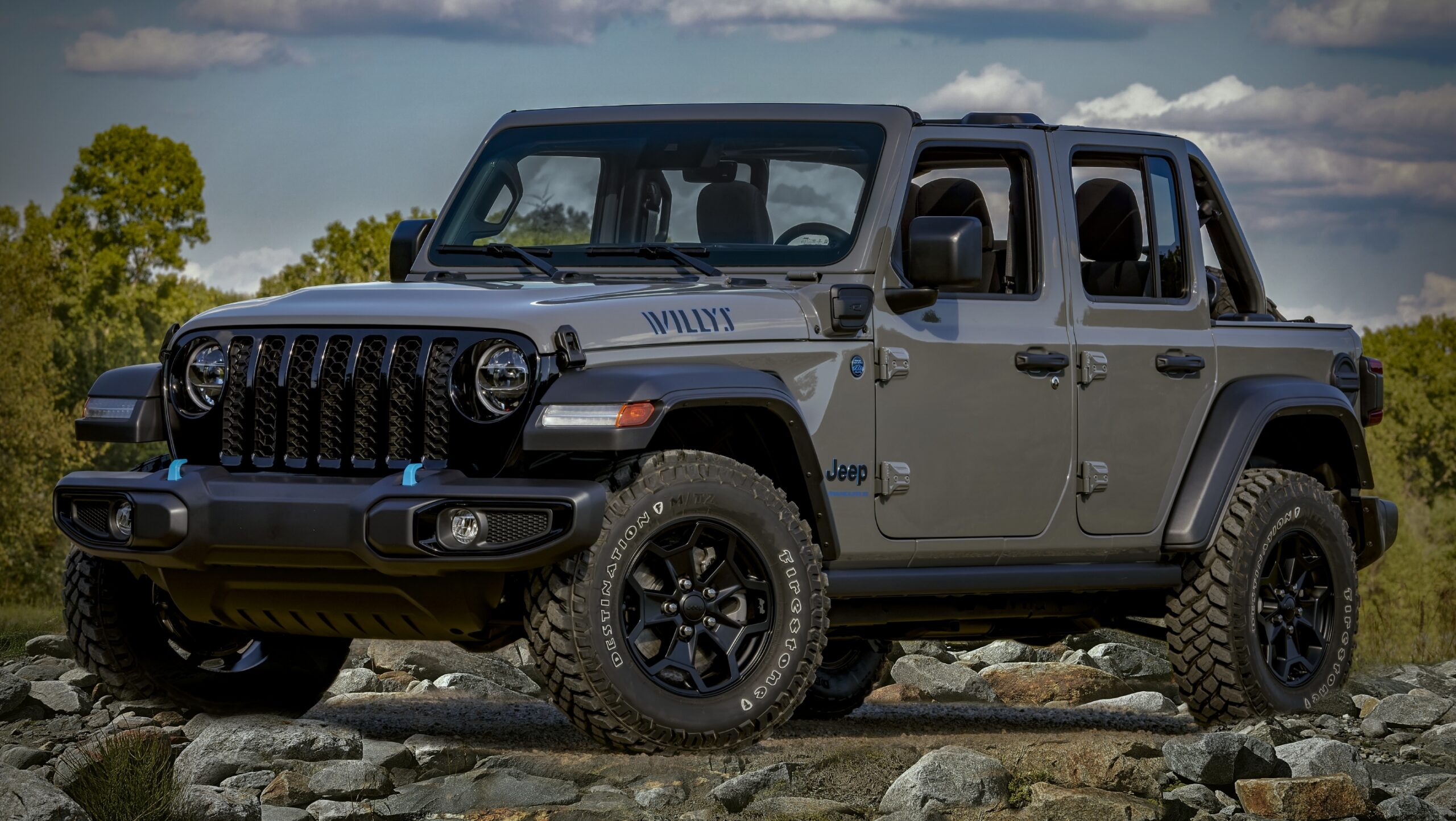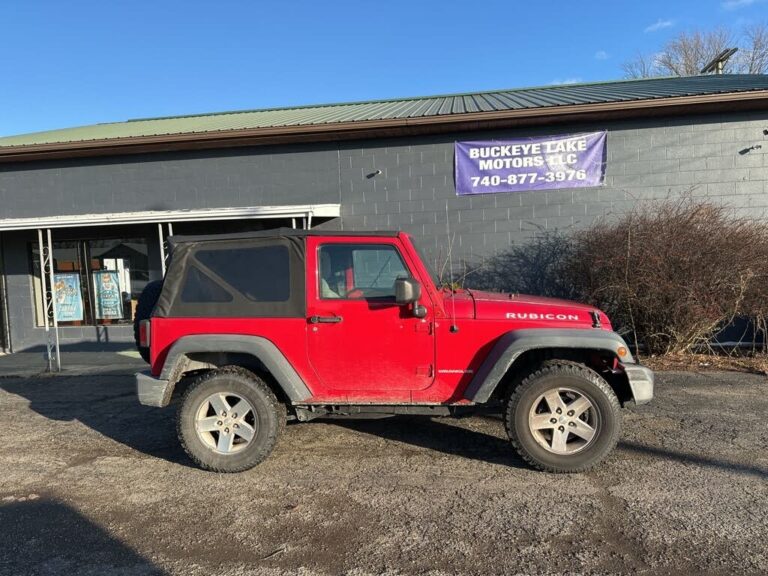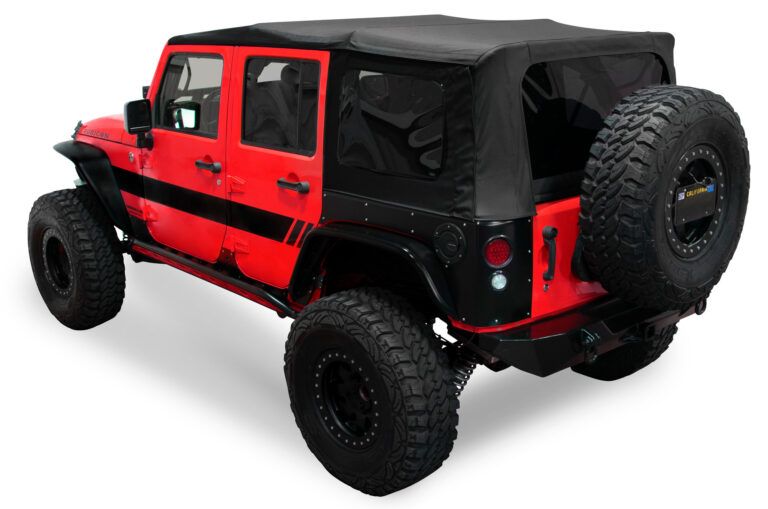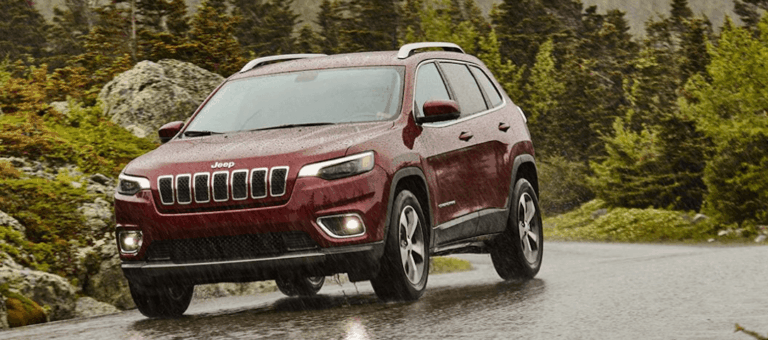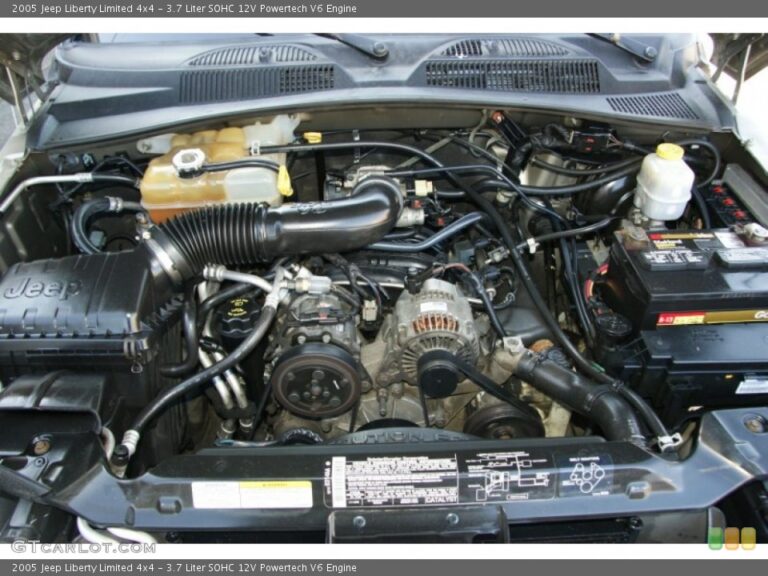Jeep Commander 5.7 Hemi Engine For Sale: A Comprehensive Guide
Jeep Commander 5.7 Hemi Engine For Sale: A Comprehensive Guide /jeeps.truckstrend.com
The Jeep Commander, with its distinctive, rugged styling and commendable off-road prowess, offered a unique blend of utility and comfort. For many enthusiasts and owners, the pinnacle of its powertrain options was undoubtedly the robust 5.7-liter Hemi V8 engine. This powerhouse transformed the Commander from a capable SUV into a formidable machine, offering exhilarating performance, impressive towing capabilities, and a driving experience that few competitors could match.
However, like all mechanical components, even the most legendary engines can eventually require replacement or significant repair. When faced with a failing or high-mileage 5.7 Hemi in your Commander, the quest for a "Jeep Commander 5.7 Hemi Engine For Sale" becomes a critical mission. This comprehensive guide aims to equip you with all the necessary knowledge, from understanding the engine’s specifics to navigating the purchasing process, ensuring you make an informed and successful acquisition.
Jeep Commander 5.7 Hemi Engine For Sale: A Comprehensive Guide
Understanding the 5.7 Hemi in the Jeep Commander
Introduced in the mid-2000s, the 5.7-liter Hemi V8 engine quickly became a staple across various Chrysler, Dodge, and Jeep platforms, including the Grand Cherokee (WK) and, notably, the Commander (XK). In the Jeep Commander, the 5.7 Hemi typically produced around 330 horsepower and 375 lb-ft of torque, figures that provided ample power for highway cruising, spirited acceleration, and effortless towing of up to 7,400 pounds (when properly equipped).
A key technological feature of the 5.7 Hemi is the Multi-Displacement System (MDS). This innovative system allows the engine to seamlessly deactivate four of its eight cylinders under light load conditions (e.g., highway cruising), significantly improving fuel efficiency. While revolutionary, it’s also a point of discussion regarding long-term reliability for some components, particularly the lifters, which we’ll delve into later. The engine’s robust cast-iron block, aluminum cylinder heads, and pushrod valvetrain contribute to its reputation for durability and torque production.
For Commander owners, the 5.7 Hemi isn’t just about power; it’s about the quintessential American V8 experience – a deep, satisfying rumble, strong low-end grunt, and the confidence that comes with a proven, well-engineered powerplant. This desire to maintain or restore that experience is precisely why finding a reliable 5.7 Hemi engine for sale is so crucial.
Why Buy a Used Jeep Commander 5.7 Hemi Engine?
The decision to purchase a used, rebuilt, or remanufactured engine for your Jeep Commander often boils down to several compelling benefits:
- Cost-Effectiveness: A brand-new Hemi engine from the manufacturer can be prohibitively expensive. Opting for a quality used or remanufactured unit offers a significant cost saving, making it a viable solution for extending the life of your vehicle.
- Availability: While the Commander is no longer in production, the 5.7 Hemi engine was widely used across many Chrysler/Dodge/Jeep models, meaning there’s a relatively healthy supply of these engines in the aftermarket.
- Ideal for Engine Replacement: If your Commander’s original engine has suffered catastrophic failure (e.g., thrown rod, cracked block) or has simply reached the end of its service life with excessive wear and oil consumption, a replacement engine is often the most practical and economical path.
- Performance Potential: For those looking to upgrade from a smaller engine or simply refresh their Hemi, a used core can serve as an excellent foundation for performance modifications, ranging from cam swaps to forced induction.

Key Considerations Before Purchasing

Before you commit to buying a "Jeep Commander 5.7 Hemi Engine For Sale," a thorough understanding of what to look for is paramount. This isn’t just a simple transaction; it’s an investment in your vehicle’s future.
-
Condition Assessment:
- Mileage: Generally, lower mileage is preferable, as it indicates less wear and tear. However, a well-maintained higher-mileage engine can still be a good buy.
- Maintenance History: If available, ask for records. Look for regular oil changes, coolant flushes, and other preventative maintenance.
- Visual Inspection: Check for external leaks (oil, coolant), signs of corrosion, damaged sensors, or cracks in the block or heads. Look for evidence of external impact.
- Oil Pan Inspection: If possible, remove the oil pan (or ask the seller to) and inspect for excessive sludge, metal shavings, or coolant contamination. This is a strong indicator of internal health.
- Compression/Leak-Down Test: For engines that are still in a vehicle or can be easily turned over, these tests provide invaluable insight into cylinder health, piston ring integrity, and valve sealing.
- Running Condition (If Possible): If the engine is still in the donor vehicle, listen for abnormal noises (knocks, ticks, rattles), check for smoke from the exhaust (blue, white, black), and observe oil pressure.
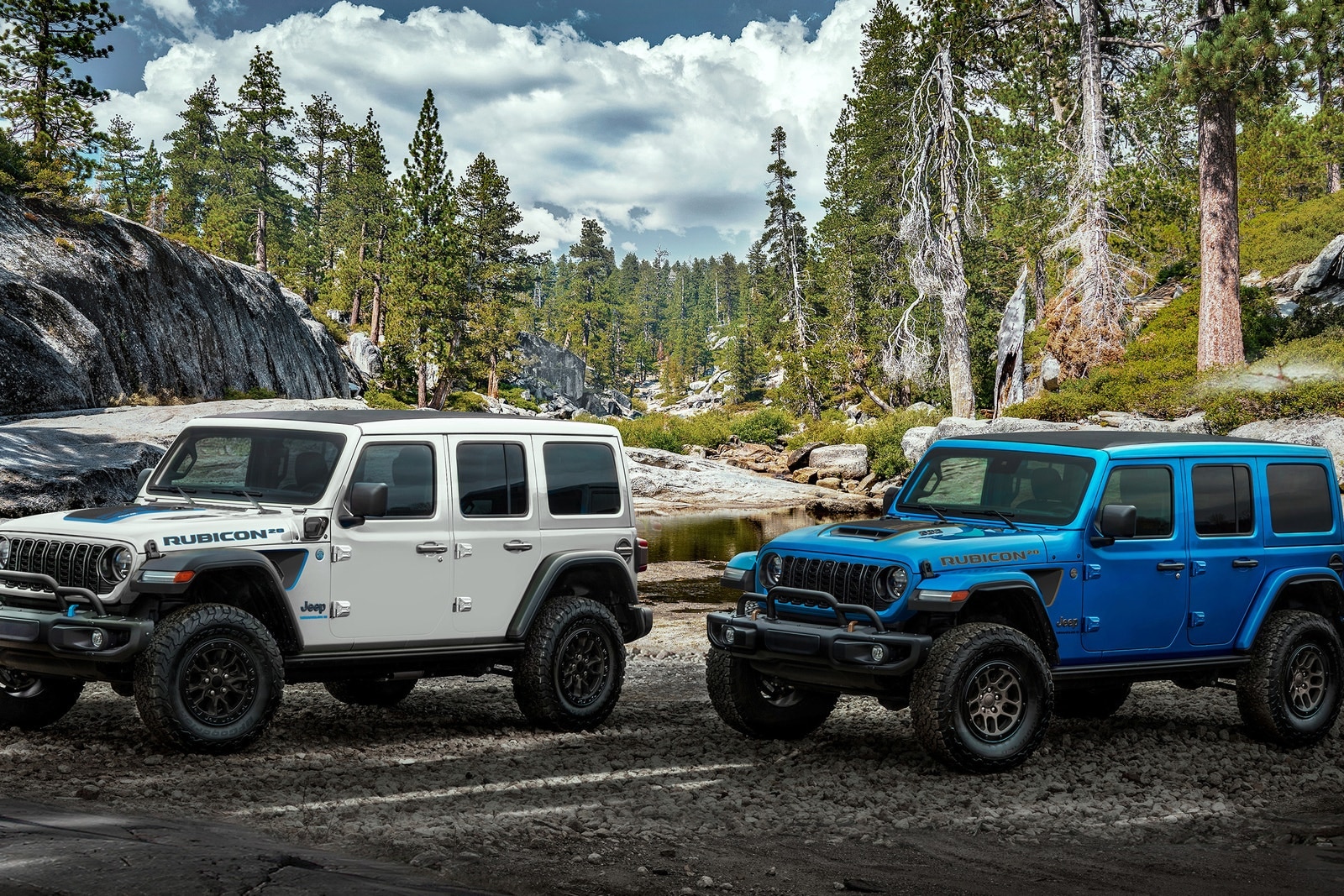
-
Engine Type and Generation: While the Commander predominantly used the 3rd Generation 5.7 Hemi, subtle revisions occurred over its production run. Ensure the engine you’re considering is compatible with your Commander”s year and transmission. Key differences might include sensor locations, exhaust manifold bolt patterns, and PCM (Powertrain Control Module) compatibility.
-
Completeness:
- Long Block: This typically includes the block, crankshaft, pistons, connecting rods, cylinder heads, camshaft, and valvetrain. It does not include accessories like the intake manifold, exhaust manifolds, alternator, power steering pump, AC compressor, wiring harness, or ECU. This is often the most cost-effective option if your existing accessories are in good condition.
- Complete Engine (Drop-Out): This usually includes the long block plus most or all of the accessories, intake manifold, exhaust manifolds, and sometimes even the wiring harness and ECU. This simplifies the swap but comes at a higher price. Understand exactly what’s included in the sale.
-
Source Reliability and Warranty:
- Salvage Yards/Auto Recyclers: Can be good sources for used engines, but thorough inspection is critical. Warranties are typically limited (30-90 days).
- Specialized Engine Suppliers: Companies that sell rebuilt or remanufactured engines often offer more comprehensive warranties (1-5 years, unlimited mileage) and have rigorous testing procedures. They also typically require a core return.
- Private Sellers: The riskiest option due to limited recourse if issues arise. Exercise extreme caution and insist on a comprehensive inspection.
Where to Find a Jeep Commander 5.7 Hemi Engine For Sale
The search for a 5.7 Hemi engine can take you to various places, each with its pros and cons:
- Online Marketplaces: Websites like eBay Motors, Craigslist, and Facebook Marketplace are popular for private sales and smaller salvage yards. Be wary of scams and always verify the seller’s legitimacy.
- Specialized Engine Suppliers: Companies like Jasper Engines & Transmissions, Powertrain Products, or local engine rebuilders specialize in remanufactured or rebuilt engines. They offer quality, warranty, and technical support.
- Auto Salvage Yards / Auto Recyclers: Large chains like LKQ or local scrapyards often have a wide inventory of used engines pulled from wrecked vehicles. Prices are generally lower, but condition varies.
- Jeep Forums and Enthusiast Groups: Online communities (e.g., JeepForum.com, CommanderForums.com) can be excellent resources for finding engines from fellow enthusiasts, getting advice, or even finding reputable shops.
The Purchasing Process: A Step-by-Step Guide
- Define Your Needs and Budget: Determine if you need a long block or a complete engine, and set a realistic budget for the engine itself and potential installation costs.
- Research and Locate: Use the sources mentioned above. Cast a wide net initially.
- Inquire and Verify: Once you find potential candidates, contact the sellers. Ask detailed questions:
- "What’s the mileage?"
- "What vehicle did it come out of (year, make, model, VIN if possible)?"
- "Was the vehicle wrecked? Where was the damage?"
- "Can you provide photos/videos of the engine running (if applicable) or close-ups of specific areas?"
- "What’s included in the sale (long block, accessories, harness, ECU)?"
- "What kind of warranty is offered?"
- "What are the shipping costs and procedures?"
- Due Diligence: Cross-reference the engine’s year and model compatibility with your Commander. Check the seller’s reviews and reputation. If buying from a private party, consider a video call to see the engine and seller.
- Inspection (If Possible): If you’re local, arrange to inspect the engine in person. If not, ask for a video inspection from the seller, focusing on the oil pan, spark plug wells, and general condition.
- Negotiate Price: Don’t be afraid to negotiate, especially for used engines.
- Arrange Shipping/Pickup: Confirm shipping costs, insurance, and delivery timelines. Ensure the engine is properly crated and secured to prevent damage during transit.
- Post-Purchase Checks: Before installation, perform your own visual inspection. Consider replacing basic components like spark plugs, water pump, thermostat, and all seals (front/rear main, valve cover, oil pan) as preventative maintenance.
Potential Challenges and Solutions
- Challenge: Unknown Engine History:
- Solution: Assume the worst and budget for preventative maintenance. Consider dropping the oil pan to inspect for sludge/debris, and if possible, perform a compression test. An oil analysis kit can also reveal internal wear.
- Challenge: Shipping Damage:
- Solution: Always insist on insured shipping. Document any damage to the crate or engine immediately upon arrival with photos and contact the seller/shipper.
- Challenge: Compatibility Issues:
- Solution: Double-check part numbers, casting codes, and year compatibility before purchase. Consult with a knowledgeable mechanic or a Jeep specialist if unsure. Minor sensor differences might require swapping components from your original engine.
- Challenge: Fraudulent Sellers:
- Solution: Use secure payment methods (e.g., PayPal Goods & Services for online purchases, avoiding wire transfers). Be wary of deals that seem too good to be true. Always verify the seller’s identity and reputation.
Price Table: Jeep Commander 5.7 Hemi Engine For Sale
The following table provides estimated price ranges and typical conditions for a "Jeep Commander 5.7 Hemi Engine For Sale." Prices can fluctuate based on market demand, location, and the specific condition of the engine.
| Condition | Mileage Range (Used Only) | Estimated Price Range (USD) | Typical Warranty | Key Inclusions (Common) | Pros | Cons |
|---|---|---|---|---|---|---|
| Used (Salvage) | 80,000 – 150,000+ miles | $1,500 – $3,500 | 30-90 days | Long block, basic accessories | Most affordable entry point, quick availability for core | Unknown full history, higher risk of hidden issues, short warranty |
| Used (Low Mileage) | < 80,000 miles | $3,000 – $5,500 | 90 days – 6 months | Long block, some accessories | Better chance of less internal wear, potentially longer lifespan | Still used, no guarantee of full maintenance history, higher cost than typical used |
| Rebuilt (Certified) | N/A | $4,500 – $7,000 | 1-3 years / Unlimited Miles | Long block, often new wear parts | Components inspected/replaced, better reliability than used | Requires core return, quality varies by rebuilder, can be less common as a direct "for sale" item |
| Remanufactured | N/A | $5,500 – $8,500 | 3-5 years / Unlimited Miles | Complete engine, all new wear parts | Closest to a new engine, best warranty, rigorously tested, highest reliability | Highest cost, almost always requires core return, may have lead times |
Note: Prices are estimates and do not include shipping, core charges (if applicable), or installation costs.
Frequently Asked Questions (FAQ)
Q1: What’s the difference between a long block and a complete engine?
A1: A long block includes the engine block, crankshaft, pistons, connecting rods, cylinder heads, camshaft, and valvetrain. A complete engine (or "drop-out") includes the long block plus most or all external accessories like the intake manifold, exhaust manifolds, alternator, power steering pump, AC compressor, wiring harness, and sometimes the ECU.
Q2: Do I need to reprogram my ECU after an engine swap?
A2: If you’re swapping a long block and reusing your original ECU and accessories, reprogramming is typically not necessary. However, if you’re installing a complete engine from a different year or model, or if the replacement engine comes with its own ECU, reprogramming or flashing might be required to ensure proper communication and optimal performance.
Q3: What common issues should I look for in a used 5.7 Hemi?
A3: The most commonly discussed issues in 5.7 Hemis include:
- MDS Lifter Failure: Can lead to ticking noises and eventual camshaft lobe wear. Look for signs of neglect or poor oil maintenance.
- Oil Consumption: Some Hemis can consume oil. Check the dipstick frequently if you buy a running engine.
- Exhaust Manifold Bolts: Prone to breaking, leading to exhaust leaks (ticking noise on cold start). This is external and repairable but indicates potential neglect.
Q4: Can I put a 5.7 Hemi from a Ram or Charger into a Commander?
A4: Physically, the basic long block is often similar, but there are critical differences in accessories, oil pan design, intake manifold, exhaust manifolds, and wiring harness configurations that make it a complex swap. While possible, it’s not a direct "drop-in" and requires significant modification, custom fabrication, and professional PCM tuning to ensure proper operation. Sticking to a Commander-specific engine is highly recommended for a direct replacement.
Q5: Is it worth buying a high-mileage engine?
A5: It depends on your budget and risk tolerance. A high-mileage engine (150,000+ miles) will be cheaper but carries a higher risk of needing significant repairs sooner. If you’re on a very tight budget and are comfortable doing some work yourself, it might be an option. Otherwise, investing in a lower-mileage used or remanufactured engine generally offers better long-term value and peace of mind.
Q6: How much does installation typically cost?
A6: Engine installation costs vary widely depending on your location, the complexity of the swap (long block vs. complete), and the shop’s labor rates. Expect anywhere from $1,500 to $3,500 or more for professional installation, not including the cost of the engine itself or any additional parts (fluids, seals, etc.).
Conclusion
Finding the right "Jeep Commander 5.7 Hemi Engine For Sale" is more than just a transaction; it’s an investment in the continued life and performance of your beloved SUV. By understanding the nuances of the 5.7 Hemi, knowing what to look for in a used or remanufactured unit, and diligently navigating the purchasing process, you can confidently acquire an engine that breathes new life into your Commander. Whether you’re replacing a tired powerplant or undertaking a restoration, a well-chosen 5.7 Hemi will ensure your Jeep continues to deliver that unmistakable blend of power, capability, and driving pleasure for years to come.

